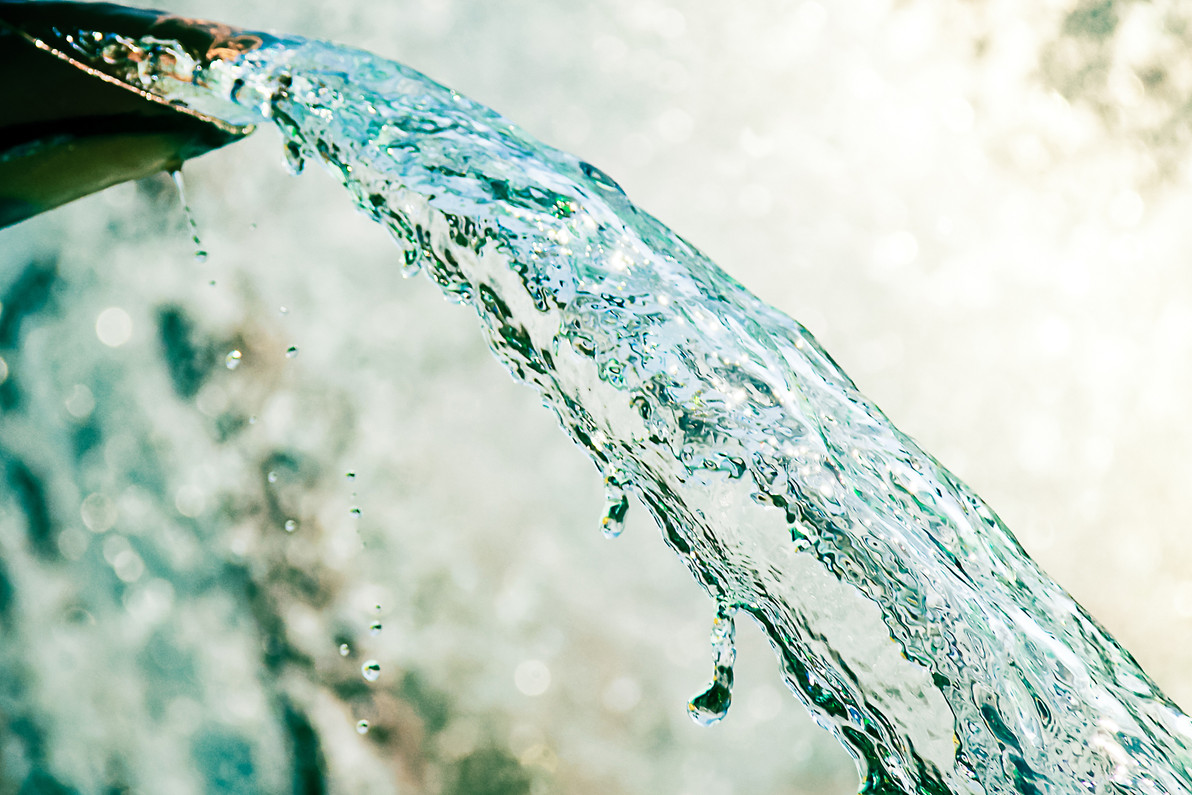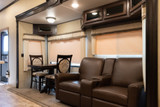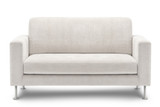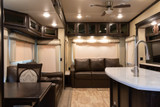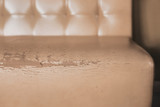How to Silence Your Water Pump
Many RVers face the problem of noisy pipes. While this may not be a severe vacation-ending problem, it’s still something that can make using your shower, faucet, or other water fixtures less than pleasant to use. Who really wants to deal with that annoying sound while they’re trying to relax? There are a few main causes of a noisy water system as well as a few corresponding solutions. Generally speaking, the rattling you are hearing is not the pump, but rather the water lines surrounding the pump. The vibration and resulting noise is called jackhammering. It is caused when the water rushes through the pipes while still shaking from the pump. When the shaking water runs through the pipes, it causes them to shake in turn, bumping up against walls, cabinets, etc.
There are a few solutions to this problem, including adding a pump silencer, insulating the lines, adding a water accumulator pump tank, making sure the pump is secure, and replacing the water pump.
Silencer
One of the best ways to lessen the noise from your water system is to add in a water pump silencer. The silencer is a length of softer tubing set in a loop, which acts as a cushion for your water to bump up against before heading out into the rest of your pipes. By the time the water has left the length of tubing of the silencer, it has stopped vibrating and will not shake the rest of your water system pipes. One thing to keep into consideration for silencers is to get one that is long enough to complete the loop of tubing. Many manufacturers only set the length to 18 inches, however, a length of 36” is much more effective in lessening the vibrations and silencing the water. Using a water silencer is the most common and effective way to lessen the noise coming from your water pump and water system. For the best results, have the loop of flexible hose connected directly to the pump before it is connected to the PEX tubing.
Check out our 36" silencer here!
Insulation
Another solution is to insulate the pipes themselves. This will lower the noise coming from the pipes themselves. Simply find a foam pipe fit to the size of your tubing at any home improvement store and cut it to the length of your tubing. Cut it lengthwise so that you can insert your tubing into the center of the foam pipe. Once the foam tubing is over your water system pipes, the noise level should decrease. You can also insulate with high-density rubber mats or acoustic foam. If your pipes still rattle after adding in the silencer, this solution would be a good choice.
Accumulator Tank
If those two solutions still do not work, adding an accumulator pump is a good idea. An accumulator tank is a bladder-type pressure storage vessel and vibration-dampening device that is meant to hold water under pressure. This tank reduces the noise levels of the pump cycles and also reduces the number of cycles. Basically, an accumulator tank is a reservoir with a cushion of air. When the pump turns on, the water pushed up against this cushion, reducing the number of pump cyclings and evening out the water pressure flow. Just remember that when you are winterizing your RV, you’ll need to increase the amount of antifreeze to make up for this increased volume. If you blow out your plumbing system with air, make sure the accumulator is clear or remove it from the RV so that it doesn’t freeze.
Securing it
If the noise is coming from the pump itself or is making more noise than usual, it might be a problem with the bearings. The water pump bearings allow the driveshaft to pass through the pump housing and attach to the impeller. If the sound is coming from the bearings, they could be wearing down or even breaking. These should be replaced immediately to prevent any further damage. Over time and with regular use, the bearings will wear down. To access and replace the bearings, the pump housing will need to be disassembled. Refer to your owner manual for the proper replacement part numbers should new bearings be required. Mooring screws can also come loose as well, causing more vibration. If your pump is vibrating against the mounting surface, placing a mouse pad between the pump and the surface can decrease the noise. Relocating the pump to a sturdier surface may also help with the noise.
Replacing your Water Pump
If the problem is with your water pump itself, you may need to repair or replace it. One of the most common problems with RV water pumps is that dirt or debris gets into the pump. This often happens because a proper filter is not used on the intake side of the pump. This debris causes damage to the impeller and causes the pump to make more noise than usual. If there is debris in the pump, stop using it immediately and flush out the system. If the damage is already done, you may have to replace the pump with an undamaged model. To make sure that this doesn’t happen, check your pump and filter regularly.
Many times, the problem with your water system is because of the water itself causing vibrations. Because of this, the solution is often either adding a silencer, adding an accumulator tank, or insulating the tubes.
Recent Posts
-
How to Keep Your Pets Safe While Camping
RVing and camping are a great getaway from the hustle and bustle of work and the city and the day-to …Jul 2nd 2024 -
Why Replace Your RV Furniture?
You may wonder when is the best time to replace your RV furniture. There is no one right answer to t …May 20th 2024 -
Can You Put Regular Furniture in an RV?
Many new and old RV owners ask themselves this question when they feel the need to update th …Apr 25th 2024 -
4 Tips for Securing RV Furniture While Traveling | RecPro
How To Secure RV Furniture There are few things that beat going out on an adventure with an RV …Apr 25th 2024 -
How To Keep RV Furniture From Peeling
Peeling RV Furniture | Why it Peels and How to Stop it Your RV furniture is a point of pride on yo …Apr 25th 2024 -
Turning up the Heat With an RV Fireplace
There’s an unlimited number of cool and exciting features you could add to your recreational vehicle …Apr 25th 2024

